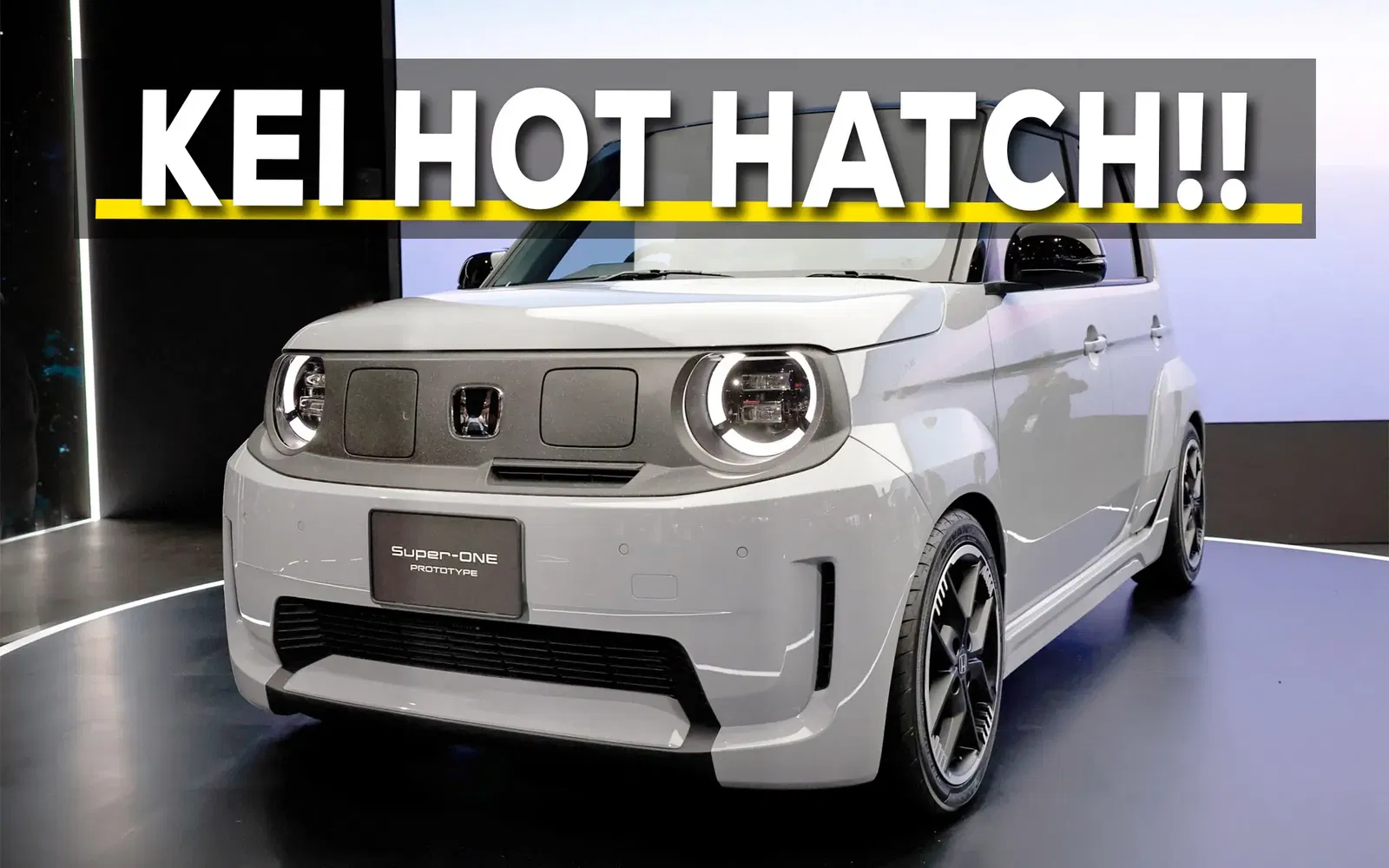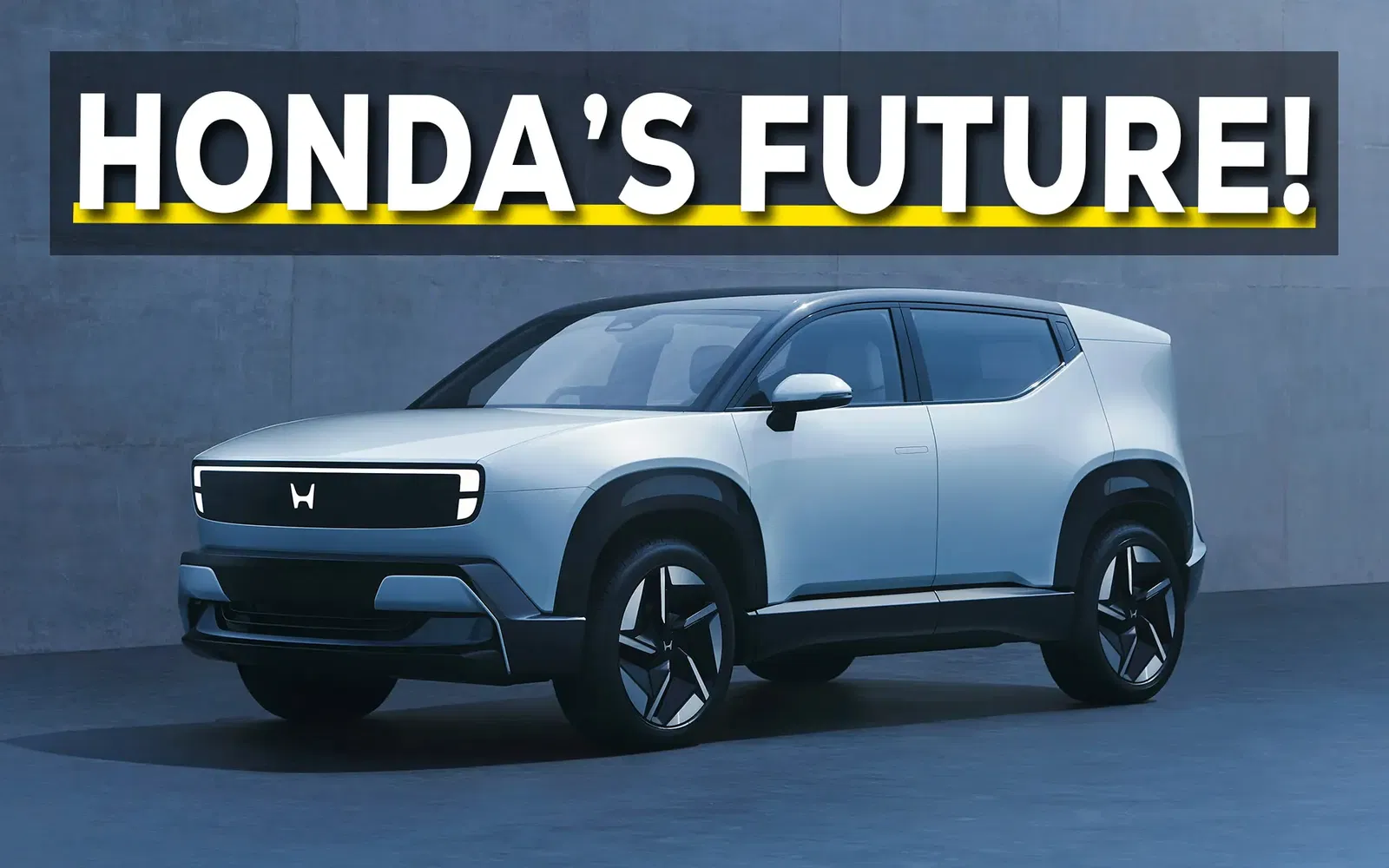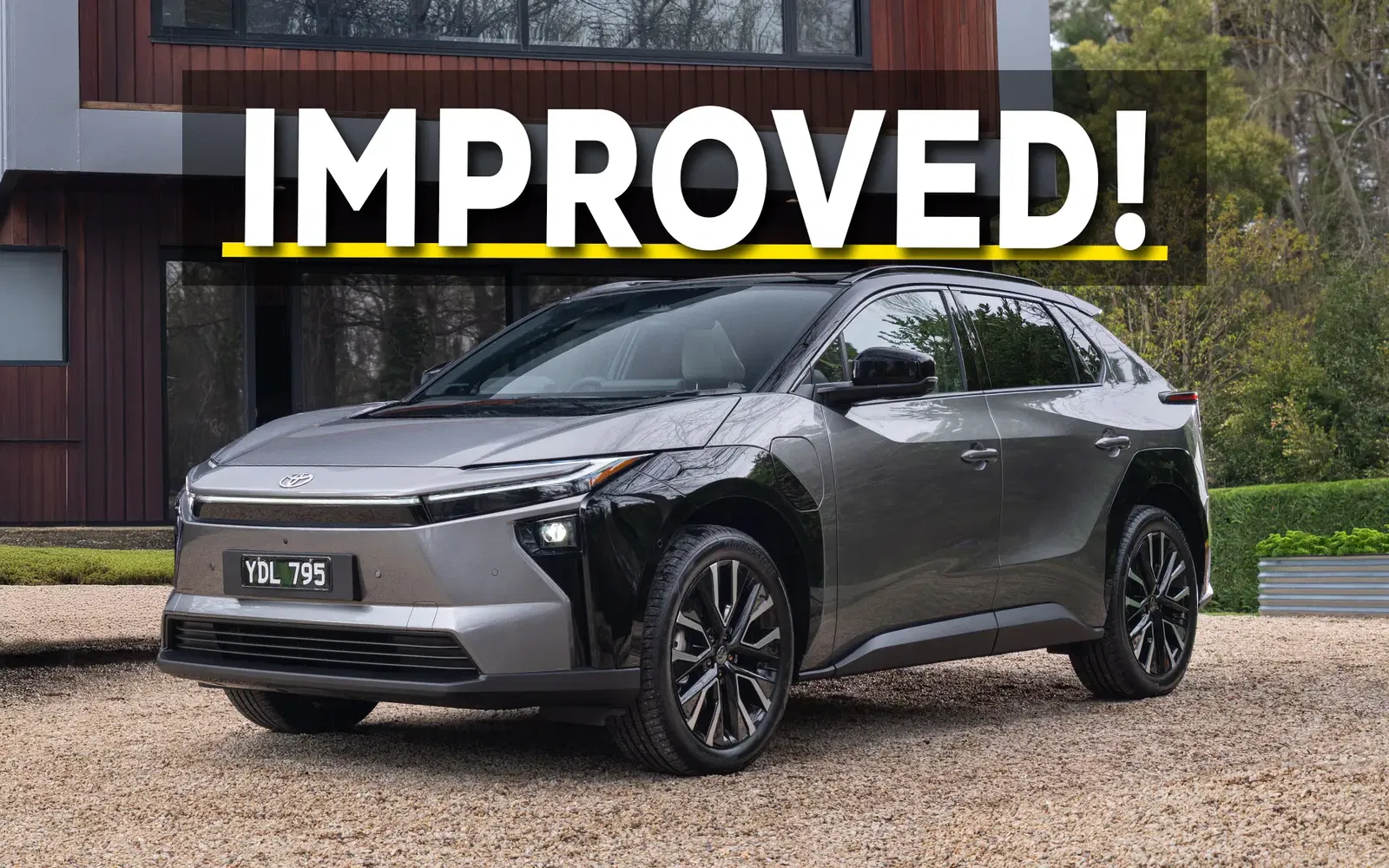ANCAP, Australia and New Zealand's independent vehicle safety authority, has released safety ratings for the Honda CR-V, Honda ZR-V, and select variants of the Honda Civic. These ratings underscore significant specification differences between vehicles sold in Australia and New Zealand compared to their European counterparts, which could impact the safety of local consumers.
A five-star ANCAP safety rating has been awarded to the e:HEV variant of the Honda Civic sold in Australia. This rating aligns with the five-star rating previously issued by Euro NCAP, reflecting the vehicle's robust safety features. However, the petrol variants of the Honda Civic, which are not available in the European market, present a different safety profile. The petrol models lack several key safety features found in the hybrid version, including a center airbag, side thorax-protecting airbags for rear-seat occupants, speed sign recognition, intelligent speed limiter systems, and intelligent seatbelt reminders for the rear seats. Due to these omissions, ANCAP has been unable to determine how the petrol variants would perform under their testing protocols, leaving these models unrated.

The Honda CR-V, another popular model in Australia and New Zealand, also exhibits notable differences in safety specifications compared to its European versions. Local CR-V models are equipped with the Honda Sensing system, a suite of active collision avoidance features. However, this system is less sophisticated than the Honda Sensing 360 system available in European models. This difference has resulted in the CR-V’s Safety Assist score falling below the five-star threshold, with a score of 68%. In Europe, the CR-V is offered with an optional safety pack that allows higher-spec vehicles to achieve a five-star rating, while those without the pack receive a four-star rating. Unfortunately, the advanced Honda Sensing 360 system is not available to Australian and New Zealand consumers, even as an option.

For the Honda ZR-V, ANCAP confirmed a four-star safety rating for the models sold in Australia, consistent with the rating for European models. However, structural differences were identified between the vehicles sold in these regions. Australian models feature a different front bumper beam, which affected performance in some test impact locations. Additionally, European models are built with an extra beam in the rear doors, which is omitted in the Australian versions. While this omission did not have an observable effect on the test performance, Honda has yet to explain the rationale behind excluding this additional safety feature in the local market.
{{AD}}
ANCAP also referenced the recent three-star safety rating published by Euro NCAP for the new generation Suzuki Swift models sold in Europe. Suzuki Australia informed ANCAP that the safety specifications of Swift vehicles sold in Australia and New Zealand differ from those in Europe. However, without specific testing of locally supplied vehicles, the safety rating for the Australian and New Zealand Swift models remains unknown. ANCAP is currently conducting tests on the locally supplied Swift, with results to be released upon completion.
.avif)
Since 2018, ANCAP and Euro NCAP have worked to align their testing and rating criteria to promote uniformity across markets. This alignment allows manufacturers to maintain consistent safety standards in vehicles destined for both Australian and European markets. However, ANCAP closely examines the specifications of vehicles supplied locally to ensure they meet the safety expectations of Australian and New Zealand consumers.
Carla Hoorweg, ANCAP Chief Executive Officer, expressed concern over the discrepancies in safety features offered to Australian and New Zealand consumers compared to those in Europe. "What we’re seeing here are manufacturers consciously providing Australian and New Zealand consumers with products that do not match the same levels of safety provided to European consumers, and no doubt consumers will be surprised to learn of these differences," she stated. Hoorweg emphasized the importance of holding manufacturers accountable for these differences, noting that while variations are seen occasionally, a more significant trend should be avoided.
The recent enhancement of safety regulations in Europe, with the introduction of the EU General Safety Regulation (GSR2), has further widened the gap between European and Australian standards. Hoorweg highlighted the need for Australia to update its safety regulations to ensure local consumers receive the same level of protection as those in Europe. "The lives and safety of Australian and New Zealand consumers are just as important as those in Europe or any other world region. That is why we continue to carefully examine new vehicles supplied locally and point out differences so consumers can make informed purchasing decisions," Hoorweg added. She also noted that any vehicle currently unrated by ANCAP could be a potential candidate for future testing.


.avif)
.avif)

FAQ
Why do the safety features of Honda vehicles differ between Australia and Europe?
Safety features can vary between markets due to different regulatory requirements, consumer expectations, and manufacturing decisions. In some cases, manufacturers offer higher safety specifications in regions with stricter regulations, such as Europe. In Australia and New Zealand, certain advanced safety features available in Europe may not be included, which can result in differences in safety ratings.
What specific safety features are missing in the petrol variants of the Honda Civic compared to the hybrid version?
The petrol variants of the Honda Civic sold in Australia lack several key safety features present in the hybrid version. These include a center airbag, side thorax-protecting airbags for rear-seat occupants, speed sign recognition, intelligent speed limiter systems, and intelligent seatbelt reminders for the rear seats. Due to these omissions, the petrol variants are unrated by ANCAP.
How does the Honda CR-V’s safety rating in Australia differ from its European counterpart?
The Honda CR-V sold in Australia and New Zealand is equipped with the Honda Sensing system, a less sophisticated suite of safety features compared to the Honda Sensing 360 system available in Europe. This difference has led to a lower Safety Assist score of 68%, which is below the five-star threshold. In Europe, CR-V models with an optional safety pack can achieve a five-star rating, but this pack is not available in Australia and New Zealand.
Why was the Honda ZR-V given a four-star safety rating in Australia?
The Honda ZR-V received a four-star safety rating in Australia, consistent with the rating for European models. However, the Australian version has some structural differences, such as a different front bumper beam and the omission of an additional beam in the rear doors found in European models. These changes did not significantly impact the test performance, but they highlight the variations in vehicle specifications between markets.
Sign up to our newsletter
Be the first to know when we drop new car reviews.
.avif)




.webp)


